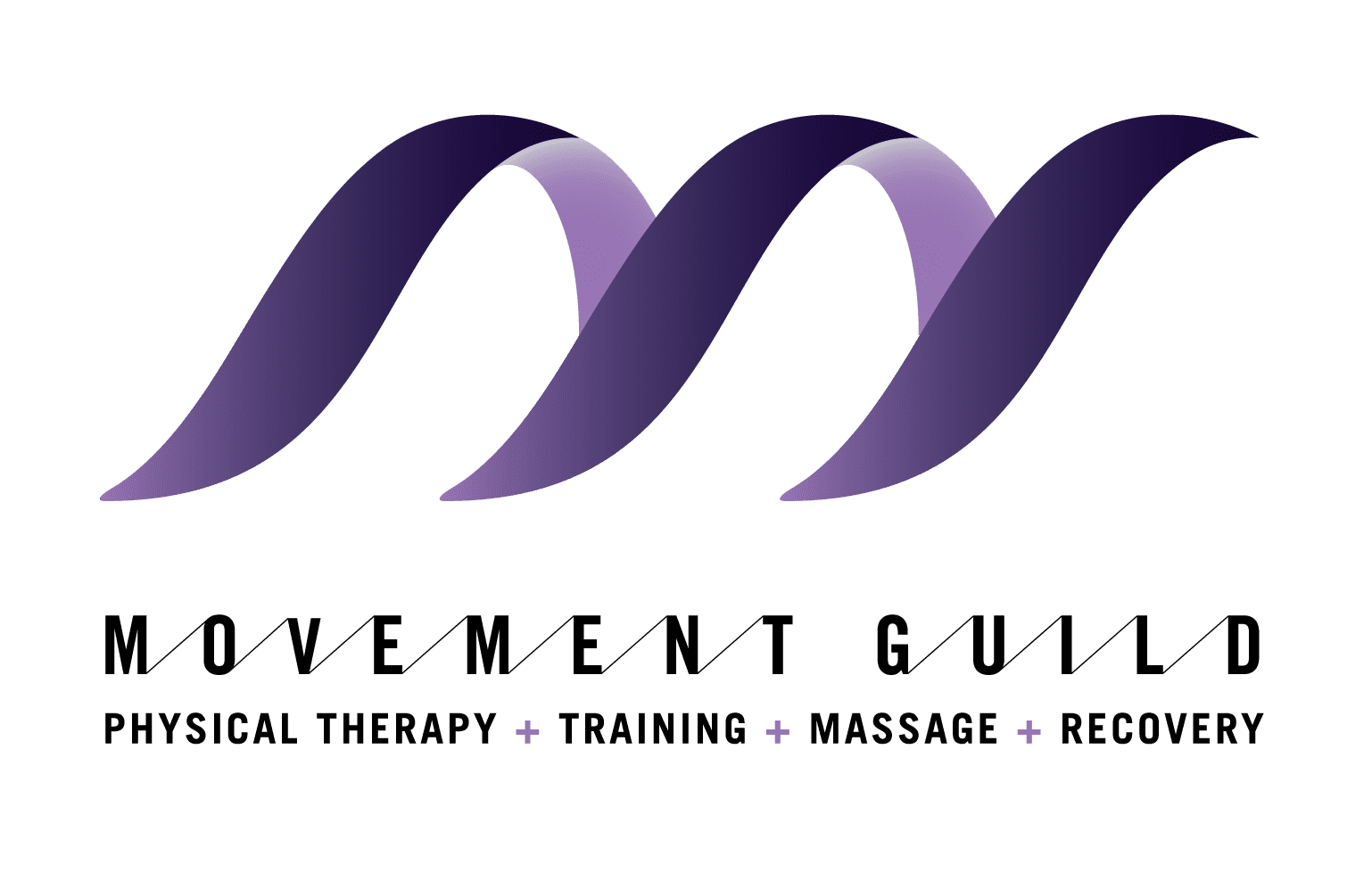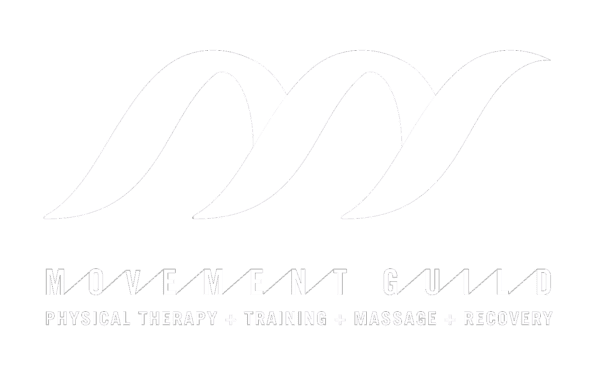So you’ve had a reverse shoulder replacement, and you’re asking yourself the big question:
“Can I ever do push-ups again?”
Short answer? Maybe.
Long answer? It depends on how, when, and if you approach it the right way.
At The Movement Guild, we work with people post-surgery every day who are looking to regain strength, confidence, and real-world function — not just settle for “good enough.” That includes those who want to do push-ups again, whether for fitness, return to sport, or just feeling strong in their own bodies.
But push-ups after a reverse shoulder replacement? That’s not something you just jump into. This guide walks you through the risks, progressions, and what to expect so you can make the best decision for your recovery — with expert support behind you.
Understanding Reverse Shoulder Replacement (and Why It Changes the Game)
A reverse total shoulder arthroplasty (RTSA) is a surgical procedure that replaces your natural shoulder joint — but flips the orientation.
Instead of the ball being on your humerus (upper arm bone) and the socket on your scapula (shoulder blade), the reverse shoulder switches those components. Why? Because it allows different muscles — especially your deltoid — to compensate for a damaged rotator cuff.
Why That Matters for Push-Ups
A traditional push-up loads the shoulder heavily in:
-
Flexion (arms coming forward)
-
Horizontal adduction (arms moving toward the midline)
-
And deep rotator cuff stabilization
After a reverse replacement, the biomechanics of your shoulder change — and not all traditional loading strategies are safe anymore, especially without a strong foundation first.
Common Risks of Doing Push-Ups Too Soon (or Incorrectly)
1. Overloading the Joint
Even if your shoulder feels good, pushing through a compromised position too early can lead to pain, inflammation, or even joint instability.
2. Dislocation Risk
Yes, this is real. Reverse shoulder implants have a different center of rotation, and certain movements (like internal rotation + adduction) can put you at risk — especially in the first 6–12 months post-op.
3. Compensations and Imbalances
If your rotator cuff was severely damaged prior to surgery, and you haven’t rebuilt postural control or scapular stability, other areas (like your neck or opposite shoulder) might pick up the slack — and not in a good way.
So When Can You Do Push-Ups After a Reverse Shoulder Replacement?
The honest answer: it depends on the individual.
Most patients start with modified loading strategies — and whether or not you return to full floor push-ups depends on:
-
Your surgical outcome
-
The integrity of surrounding muscles
-
Your rehab progress
-
And your movement goals
At The Movement Guild, our approach is simple:
Train smart. Progress intentionally. Move confidently.
The Right Way to Work Toward Push-Ups After Reverse Shoulder Replacement
Phase 1: Rebuild Baseline Strength and Control
Before you even think about floor push-ups, you need to:
-
Restore active range of motion
-
Rebuild deltoid strength
-
Improve scapular stability
-
Develop core and trunk control (yes, it matters)
We often start clients with isometric holds, wall presses, and closed-chain isometrics to safely rebuild pressure tolerance.
Phase 2: Modified Push-Up Variations
Once cleared by your surgeon and therapist, you might start with:
-
Wall push-ups
Low load, upright posture, minimal joint strain -
Incline push-ups on a stable surface (like a bench or table)
Start here to gradually introduce load -
Quadruped rocking + weight shifts
Great for reintroducing shoulder load while monitoring compensation
Phase 3: Advanced Progressions
This is where we assess true readiness for:
-
Countertop push-ups
-
Knee push-ups
-
And eventually, full floor push-ups — if and only if you’re cleared for it
These movements should feel strong, controlled, and pain-free. If they don’t, that’s feedback — not failure.
Signs You’re NOT Ready for Push-Ups Yet
-
You feel pain or pinching in the shoulder
-
You’re noticing fatigue or weakness that lingers for hours after
-
You’re using momentum to “cheat” the movement
-
You haven’t completed a full supervised post-op rehab process
If any of these sound familiar, pause and reassess with a clinician. The goal is longevity, not just checking the push-up box.
What We Do Differently at The Movement Guild
Push-ups aren’t just a workout move — they’re a functional strength test. And if you want to get back to them after reverse shoulder surgery, you need a plan that’s:
-
Individualized
-
Progressive
-
And based on how your body moves today — not how it used to
At The Movement Guild, our post-surgical programs bridge the gap between basic rehab and full return to movement. We look at:
-
Movement mechanics
-
Strength ratios
-
Compensations and asymmetries
-
Real-world goals (like returning to yoga, lifting, or functional training)
You won’t get a cookie-cutter home exercise sheet. You’ll get a comprehensive, movement-driven recovery plan tailored to your body and your life.
Thinking About Push-Ups Again? Let’s Get You Assessed First.
If you’re unsure whether you’re ready for push-ups — or just want to build a smart, long-term strength plan after your shoulder replacement — we’re here for that.
The next step is simple:
Book your one-on-one movement assessment here or Contact us directly to ask a question
Push-ups might be in your future — but let’s make sure your shoulder is ready. We’ll help you build the strength, control, and confidence to return to what you love.

